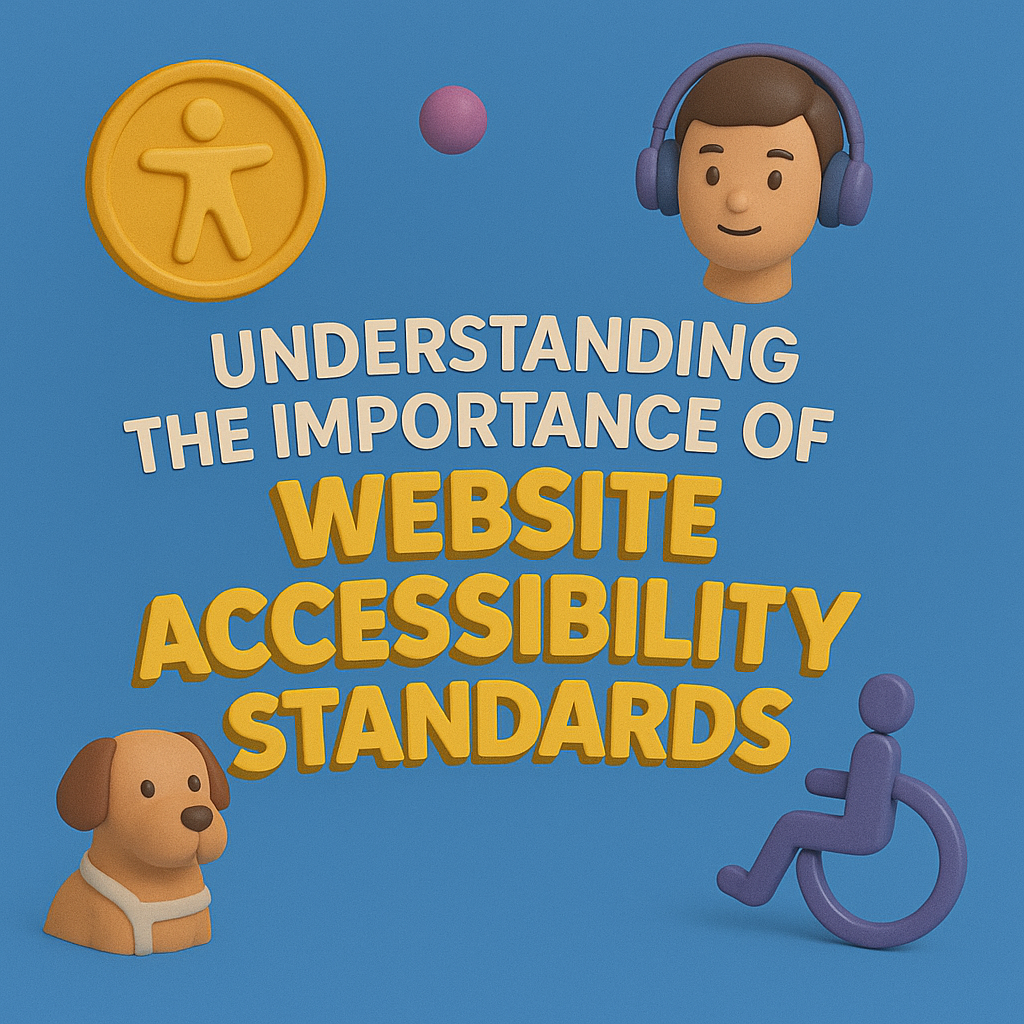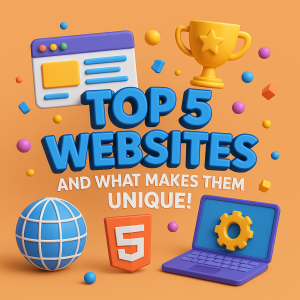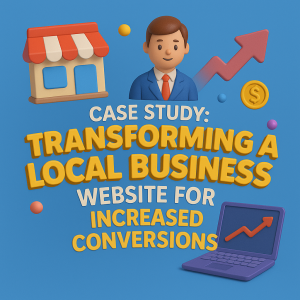Imagine being locked out of a digital world just because a button didn’t have a label or a form didn’t support keyboard input. That’s the harsh reality for millions of users every day. For this reason, adhering to website accessibility standards in web design is no longer optional—it’s essential. In fact, we’re not just talking about doing the right thing (though that’s a solid reason too). We’re talking about better user experience, legal peace of mind, and even improved SEO rankings. Let’s break it down.
What Are Website Accessibility Standards?
In simple terms, website accessibility means designing and developing digital experiences that everyone can use—including people with disabilities. For example, think about users who are blind and rely on screen readers, those with limited mobility who navigate via keyboard, or elderly users who might need higher contrast or larger text.
In essence, accessibility ensures that everyone, regardless of ability or context, can perceive, understand, navigate, and interact with your site. It’s not just about disability; it’s about inclusivity. And honestly? That makes your brand more human.
Key Website Accessibility Standards: WCAG, ADA, Section 508
To make the web more accessible, there are standards and guidelines that help us know what to aim for. So, here’s a crash course:
- WCAG (Web Content Accessibility Guidelines): The gold standard globally. It covers everything from text alternatives to color contrast and keyboard functionality.
- ADA (Americans with Disabilities Act): Originally focused on physical spaces, it now extends to digital experiences. In fact, many lawsuits in recent years have cited ADA violations for inaccessible websites.
- Section 508: A U.S. federal law requiring government sites (and some others) to be accessible. Basically, it’s kind of like the accessibility rulebook for public sector websites.
As a result, following these doesn’t just help you stay compliant—they make your website better for everyone.
Website Accessibility Standards: More Than a Checklist
Here’s how accessibility shows up in real, tangible ways on a website:
- Alt Text: Descriptive text for images that helps screen readers communicate what’s on the page.
- Keyboard Navigation: All interactive elements should be reachable using a keyboard alone.
- Contrast Ratios: High contrast between text and background makes content easier to read.
- Responsive Font Sizes: Text that adapts to user preferences improves readability.
- ARIA Labels: These provide extra context to screen readers for interactive elements.
- Skip Navigation Links: Lets users jump directly to main content, skipping repetitive menus.
In other words, it’s not about bells and whistles. Rather, it’s about usability.
The Ripple Effect: Why Accessibility = Better Business
Now, here’s where it gets even more exciting. Accessibility doesn’t just benefit users—it benefits your bottom line.
- Improved SEO: Search engines love accessible websites. For instance, clear structure, alt text, and readable content boost rankings.
- Wider Audience Reach: Nearly 15% of the world’s population lives with a disability. Why exclude them?
- Better UX for Everyone: Accessibility features often help all users. Ever watched a muted video with captions? That’s accessibility at work.
- Brand Trust & Loyalty: When users feel seen and supported, they stick around.
Therefore yes, accessibility is good karma. But it’s also smart marketing.
But Isn’t It Complicated? (Spoiler: Not If You Start Right)
Let’s be real—yes, building accessible websites takes effort. However, it’s way easier when baked into your process from the start.
Some challenges include:
- Lack of awareness or expertise
- Perceived additional cost or effort
- Over-reliance on visuals or animations without alternatives
So, How to tackle it? Educate your team. Use tools like WAVE or Lighthouse for audits. Work with experts (hey, like us!). And approach accessibility like any other design principle: a way to solve problems.
Designing with Heart: Accessibility Can Be Beautiful
Here’s the myth we need to bust: accessible = boring.
Great design and accessibility aren’t opposites. You can have a sleek, stylish site that still works beautifully for everyone. In fact, the best digital experiences are inclusive by design. When designers consider all users from the start, creativity flourishes. As a result, you begin to craft interfaces that are not only stunning but also thoughtful and empathetic.
Consequently, accessibility adds value. It adds intention. It adds purpose.
Best Practices to Keep Your Website Open to All
So, here’s how you can build or retrofit your site for accessibility:
- Design with contrast and clarity in mind.
- Use semantic HTML (headings, lists, landmarks).
- Add alt text and ARIA roles.
- Make sure your site is fully navigable by keyboard.
- Caption videos and provide transcripts.
- Test with screen readers and accessibility tools.
- Involve users with disabilities in your testing phase.
In short, accessibility is a journey. You don’t need to get it 100% right on day one, but you do need to start.
Accessibility Isn’t Just a Checklist—It’s a Mindset
More than anything, accessibility is a reflection of your values. In other words, it says: “Everyone is welcome here.”
Therefore, if your business is serious about user experience, brand reputation, and digital success, accessibility should be non-negotiable. You can have the flashiest animations, but if a screen reader can’t get through your homepage, you’re not truly inclusive.
At Fuel IT Online, we help brands turn accessibility into a competitive advantage. We design websites that aren’t just beautiful—they’re built for everyone. So, Let’s future-proof your digital presence and make your brand a place where all users feel at home.
Finally, ready to make your website a more inclusive space? Let’s build it—together.




